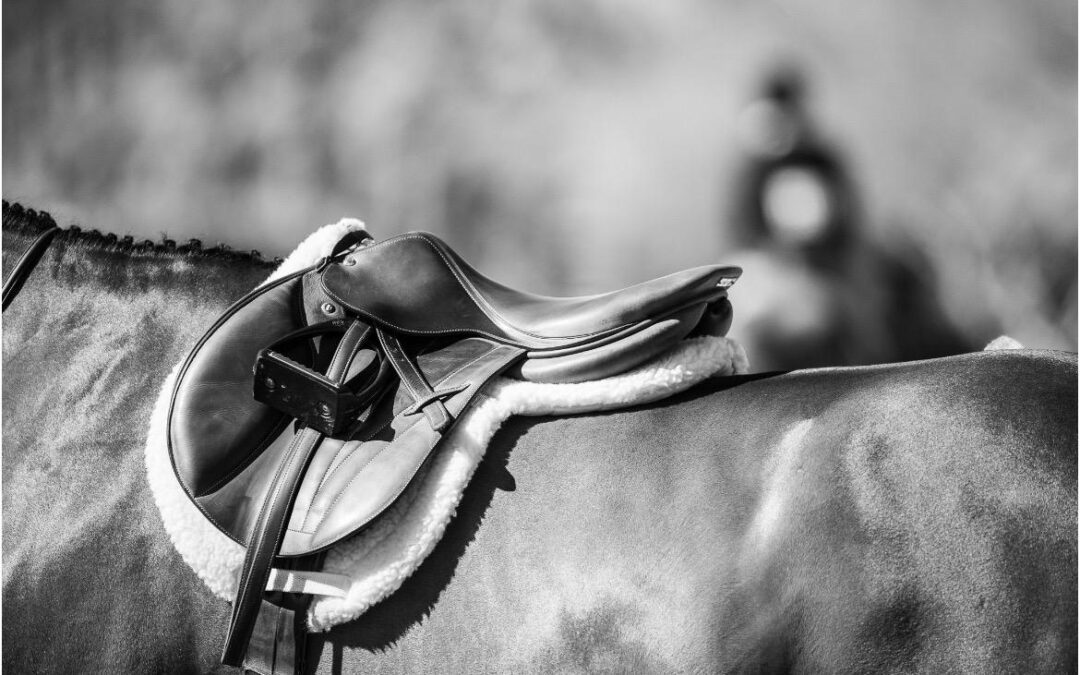Dear Desert Circuit competitors,
The challenge of communication. Since the beginning of the EHV-1 infection here at Desert International Horse Park we have tried to create transparency around the events unfolding. Communication has been available consistently from three sources: our own announcements, the CDFA website which posts the most up to date information on cases, and a third party website www.equinediseaescc.org. The CDFA website is a primary source for veterinarians and is the most factual account of the state of infection on the horse park.
Our focus has been and will continue to be on doing everything possible, at the direction of CDFA and USEF, to end the infection on the property. We will spare no expense or effort to bring this to a conclusion as rapidly as possible. While we will try and communicate as often as we can, at times our focus is on addressing the immediate requirements to isolate and segregate horses as rapidly as possible when fevers and/or infection are identified. During those times, broader communication from us can be delayed, but the CDFA website is always up to date.
The situation at the horse park is very serious. And it is constantly – almost hourly – evolving. It is nearly impossible to create an accurate picture of the situation on an on-going basis. Horses that tested negative test positive two days later. Horses that tested positive test negative as they recover. Horses with the non-neurologic strain of EHV-1 develop neurologic symptoms and are then classified as EHM. But they do not carry the neurologic strain of EHV-1. This is a complex virus. We are working closely with the experts, and at their direction, on priorities, actions, and resources.
In the past day, we have identified additional horses in other barns with EHV-1. These horses have been immediately isolated. Cohorts of exposed horses have also been quarantined in different barns. Of the three original horses in isolation, two have now tested negative. We have three additional positive cases, but all were horse that earlier in the week tested negative. All are stable and currently asymptomatic. We sadly also had two febrile horses develop neurologic symptoms. One of these was euthanized last evening. Our hearts are sad.
There are things that you can do to help the situation. Biosecurity is essential. If you are on the property, please do not allow nose-to-nose contact between horses. As your grooms walk your horses or you ride your horses, please do not congregate. Please check and record temperatures twice a day with unique thermometers, and report fevers over 101.5. Do not share equipment, water buckets, or saddles between horses. When you enter or exit a barn area, use bleach to wash your shoes and hand sanitizer to avoid cross-contamination. In short, adopt best-practice behavior to avoid potential infection.
As we communicated yesterday, what the state and USEF want us to do is “hunker-down.” We have stopped horses from coming in and where possible turned away horses that were in transit. While everyone is free to leave, it also creates challenges, as we want to ensure the best monitoring of any potential exposed horses that remain asymptomatic. We also want to reiterate the critical importance, and routine best practice, of isolating horses returning from shows from all other horses for at least 7 days to continue monitoring.
In the end, you should do what you and your vet think is important to care for your horses. We share a simple goal with everyone in our community: ending this EHV-1 infection with as few as horses getting ill as possible.
Steve
February 19, 2022 3:00 pm
